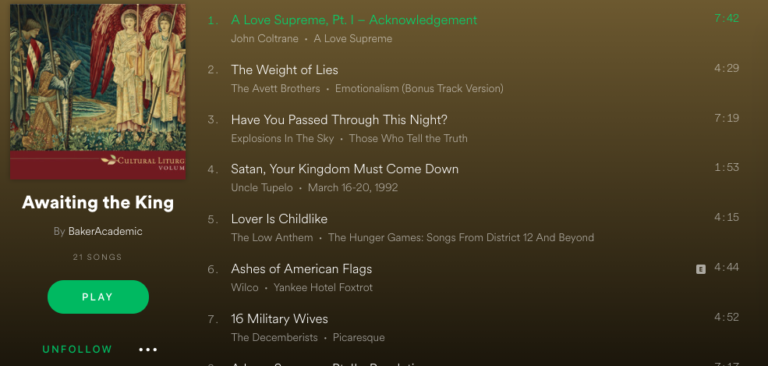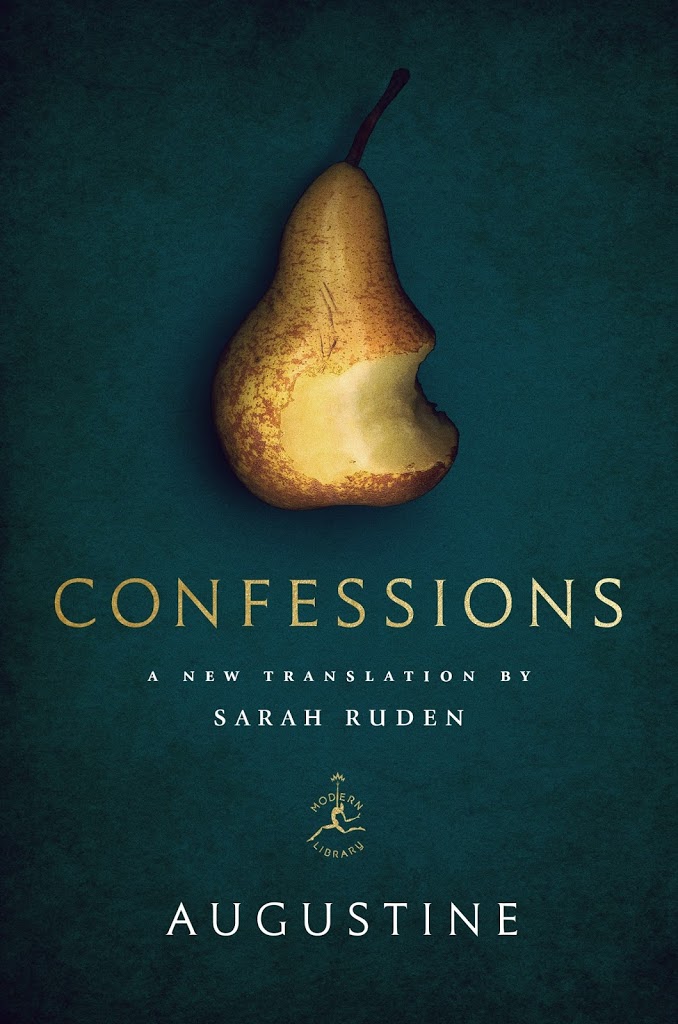Formation as the Mission of Public Schools
While E.D. Hirsch can sometimes come across as simply a curmudgeonly defender of a sort of Chicago “Great Books” tradition of cultural literacy, that doesn’t mean he’s not often right. I would commend his recent essay in the New York Review of Books (“How to Save the Schools“) as important reading for educators at any level–or for anyone with children. Riffing on Diane Ravitch’s The Death and Life of the Great American School System, Hirsch has abundant opportunities to make his case for a nationalized, core curriculum of shared content, rather than the national bureaucracies of testing that are largely concerned only with strategy and “how-to” skills. Ravitch also gives him a chance to trot out his declension narrative, claiming that
by the 1930s, under the enduring influence of European Romanticism, educational leaders had begun to convert the community-centered school of the nineteenth century to the child- centered school of the twentieth—a process that was complete by 1950. The chief tenet of the child-centered school was that no bookish curriculum was to be set out in advance. Rather, learning was to arise naturally out of activities, projects, and daily experience.
While it’s unfortunate that Hirsch seems to pit these as mutually exclusive competitors, I’m sympathetic to his concerns.
But perhaps most intriguing is his account of the mission of public education as envisioned in the early American republic:
Benjamin Rush, a signer of the Declaration, thought American schools should offer a common curriculum designed to create “republican machines.” His sentiments were similar to the educational views of Washington, Jefferson, Madison, and the most important early schoolmaster of all, Noah Webster. The schools were to be institutions for inculcating democracy, designed to develop critical thinkers and able citizens in a setting of loyalty to the national common good. Early schoolbook authors began a long tradition of texts that aimed, in the words of one author,
to exhibit, in a strong light, the principles of political and religious freedom which our forefathers professed, and…to record the numerous examples of fortitude, courage, and patriotism, which have rendered them illustrious.
The reasons for this communitarian emphasis were obvious to American leaders in the nineteenth century. Loyalty to the Republic had to be developed, as well as adherence to Enlightenment ideals of liberty and toleration. For without universal indoctrination by the schools in such civic virtues, the United States might dissolve, as had all prior large republics of history, through internal dissension.
The aim of schooling was not just to Americanize the immigrants, but also to Americanize the Americans.
While “the great American school system” (in Ravitsch’s words) has perhaps become “Romantically” child-centered, it’s hard to argue that it’s neglected this formative mission of Americanization. How sad, then, when so many of even our so-called “Christian” schools offer the same formation.



